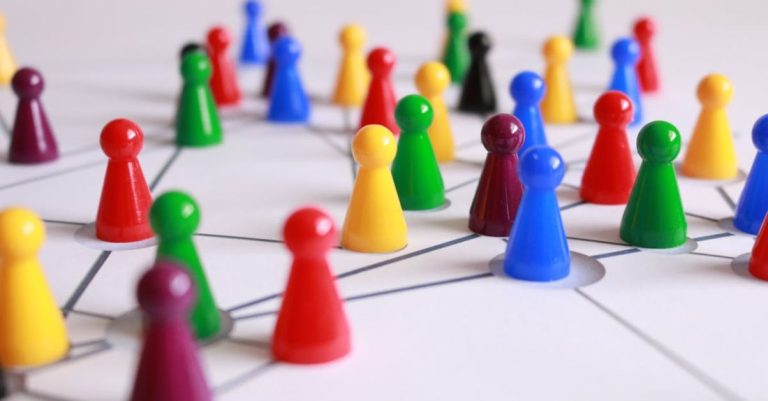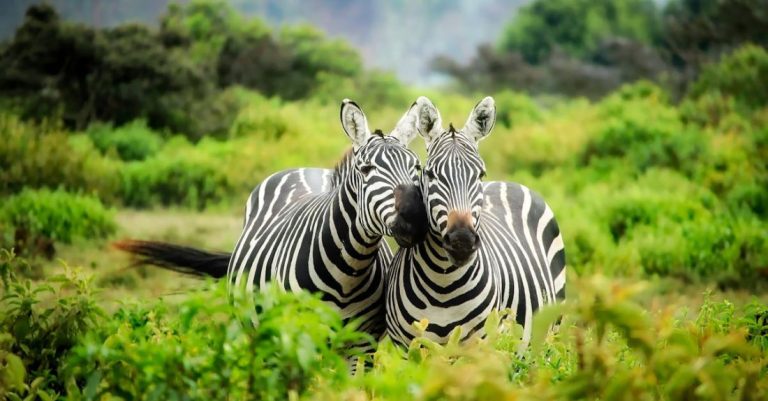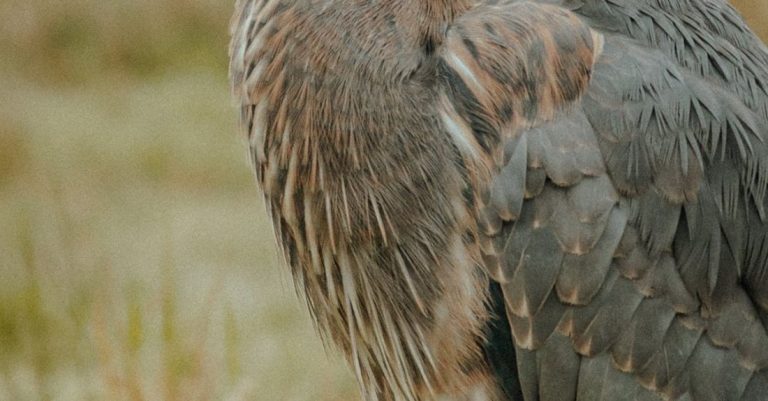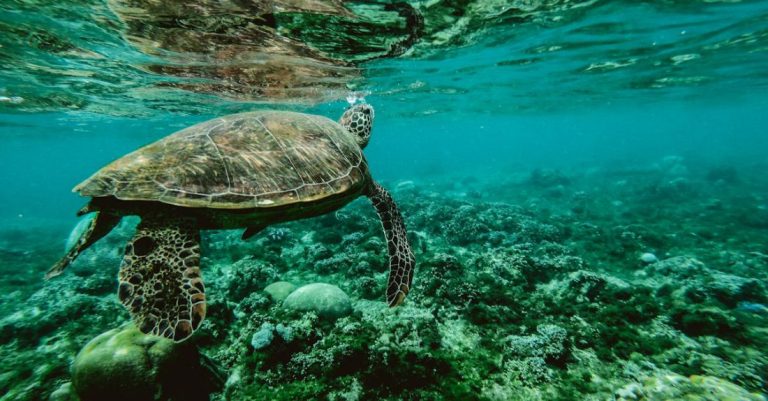
Endangered species are facing a critical threat due to habitat loss, climate change, poaching, and other human activities. Protecting these vulnerable species is crucial to maintaining the balance of ecosystems and ensuring biodiversity. While governments and conservation organizations play a significant role in safeguarding endangered species, individuals can also make a difference in their own communities. By taking proactive steps to protect endangered species in your area, you can contribute to the conservation efforts and help preserve these unique creatures for future generations.
Raise Awareness
One of the most effective ways to protect endangered species in your area is by raising awareness among your community members. Educate yourself about the endangered species in your region and their habitats, behaviors, and threats they face. Share this information with your friends, family, and neighbors to increase awareness about the importance of protecting these species. Organize educational events, workshops, or campaigns to engage the community and encourage them to take action to conserve endangered species.
Create Habitat
Habitat loss is one of the leading causes of species extinction. By creating or restoring habitats for endangered species in your area, you can provide a safe environment for them to thrive. Plant native vegetation in your backyard or community spaces to attract local wildlife and provide food and shelter for endangered species. Avoid using pesticides or chemicals that can harm wildlife and disrupt the ecosystem. Work with local conservation organizations or government agencies to identify areas that can be restored or protected to benefit endangered species.
Support Conservation Efforts
Supporting conservation efforts financially or through volunteer work is a tangible way to protect endangered species in your area. Donate to local wildlife rehabilitation centers, conservation organizations, or national parks that focus on the conservation of endangered species. Volunteer your time to participate in habitat restoration projects, wildlife monitoring programs, or public awareness campaigns. By actively engaging in conservation activities, you can make a direct impact on the protection of endangered species and their habitats.
Reduce Human Impact
Human activities such as pollution, habitat destruction, and climate change pose significant threats to endangered species. To protect these vulnerable creatures, individuals can reduce their environmental footprint and minimize their impact on the ecosystem. Practice sustainable living habits such as reducing waste, recycling, conserving water, and using energy-efficient appliances. Support eco-friendly businesses and products that promote conservation and wildlife protection. By making conscious choices in your daily life, you can help mitigate the negative effects of human activities on endangered species.
Advocate for Policy Change
Advocating for policy change at the local, state, or national level is another effective way to protect endangered species in your area. Stay informed about environmental policies, regulations, and initiatives that impact wildlife conservation. Contact your elected officials, participate in public hearings, or join advocacy groups to voice your support for stronger protections for endangered species and their habitats. By advocating for policies that prioritize conservation and sustainability, you can influence decision-makers to take action to safeguard endangered species.
Conclusion: Take Action Today
Protecting endangered species in your area requires collective effort and individual commitment. By raising awareness, creating habitat, supporting conservation efforts, reducing human impact, and advocating for policy change, you can play a vital role in preserving the biodiversity of your region. Take action today to protect endangered species and ensure a sustainable future for all living beings on our planet. Together, we can make a difference and secure a better world for generations to come.





